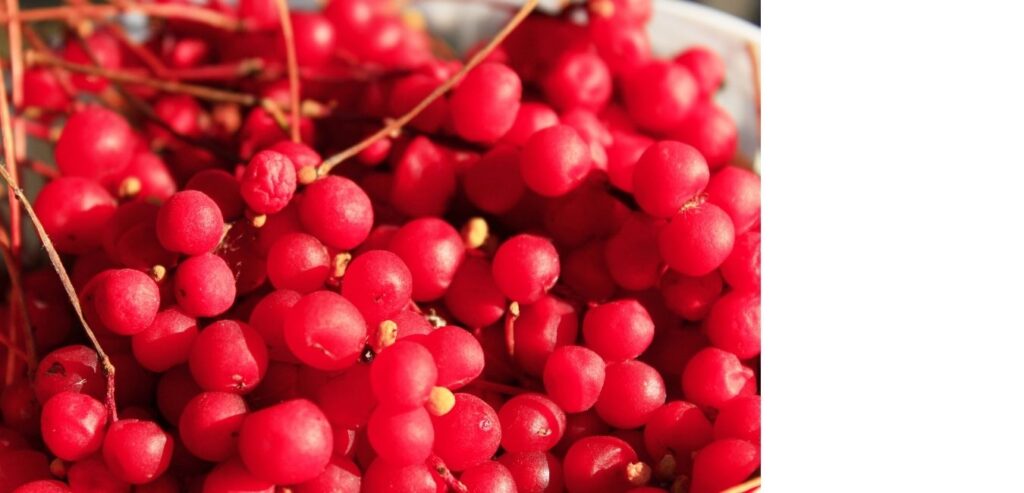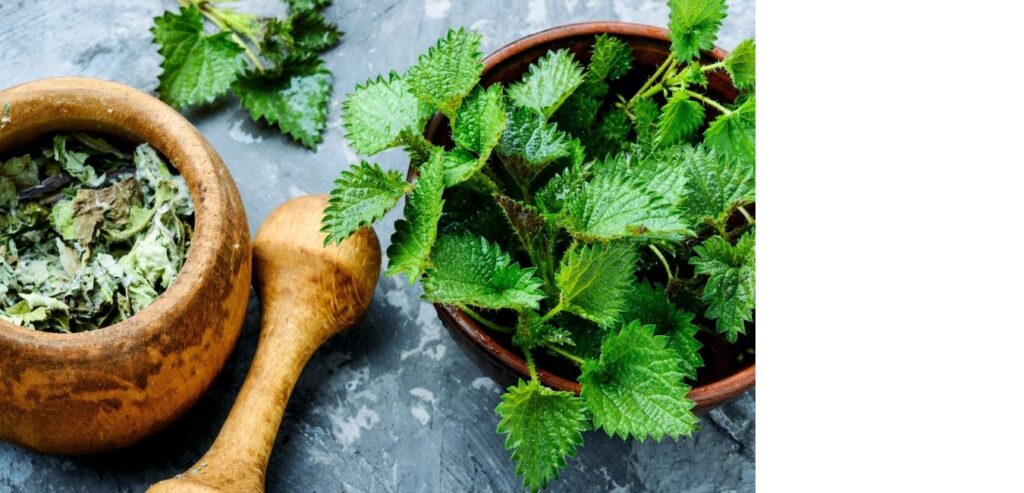
Foods high in protein for vegetarians
Most adults need a MINIMUM of 50g of protein per day. Depending on weight and activity level, many need around

I found myself eating all the sugar I could get my hands on in December, no joke! So, I decided for the month of January I would be giving up all refined sugar.
Thank god I have herbs to help me along this journey, but more on those helpful herbal allies later.
The WHO (World Health Organization) says adults should limit added sugars to 25 grams (6 teaspoons) a day.
Remember, this is added sugar. Fruit does not count. Eat your fruit and enjoy all the wonderful benefits they have to offer! However, I try to stay away from eating too much dried fruit because they are full of sugar and when you eat enough, they will cause the same havoc in the body as refined sugar.
Any sugar that is listed under “sugar” on a label is added sugar and should be counted towards your 20 daily grams.

Sugar can be very sneaky and is in way more things than you probably think. Obviously double fudge brownies, cookies, and soda are all sugar bombs. But what about ketchup? And how about tomato sauce? Salad dressing?
Just these three seemingly healthy condiments alone can blow your sugar budget for the day. Eat your normal diet and foods you typically would tomorrow and take a peak at the sugar content. Don’t worry about the calories and fat, just track and add up the grams of sugar you eat tomorrow. The number may surprise you!
Spoiler alert: 1 tablespoon of most store-bought ketchup contains around 4 grams (1 teaspoon) of added sugar. If you are a ketchup lover like me, chances are you are eating more than 1 tablespoon.
And remember, the 25 grams is NOT a recommendation of how much you should be eating, it is the MAXIMUM.

Preparations: Cold infusion. Tea. Warm infusion. Decoction. Powder in food.
LEARN HOW TO MAKE THESE PREPARATIONS HERE
First off, the sweet taste of Cinnamon alone may be all you need to quench your sweet craving. If that wasn’t enough, has a positive effect on our blood sugar levels!!! Can I get a woo hoo?
When we eat anything, the hormone insulin is released. Think of insulin as a little key that unlocks our cells and helps usher sugar out of our blood stream and into the cells. It is very important! It is vital that we have just the right amount of sugar in the bloodstream and that the rest goes into cells, and I mean VITAL!
Too much sugar in the bloodstream can lead to insulin resistance. Insulin resistance can lead to prediabetes, Type 2 Diabetes, heart attack, stroke, Alzheimer’s, cancer, and many more not so fun conditions.
Cinnamon helps reverse and improve insulin sensitivity. We can think of cinnamon as a little locksmith that goes around and helps the insulin open our cell “doors” and get sugar out of the bloodstream and safely and happily into our cells.
In other words: Cinnamon helps reduce the amount of sugar in the blood.
There are lots of great studies about cinnamon, blood sugar, and Type 2 Diabetes.
Contraindications: if you have Type 2 Diabetes, talk to your doctor before adding cinnamon into your diet. It can be so powerful that you may need to check your blood sugar levels more often and need to change your medication. All great and helpful, but something to talk to your doctor about and be aware of before you begin.
If you have liver damage or are going to start taking grams of cinnamon every day, I would choose Ceylon over Cassia. Cassia should be fine in moderation, but it is possible it can hurt liver if too much is taken over an extended period of time.

Preparations: Tea, short infusion, decoction, tincture, or eat berry whole.
Schisandra is a revered berry in Traditional Chinese Medicine. Many people have reported that it helps with sugar cravings. Some say that it takes a week to a month before it helps with cravings, but everyone is different. Tell me about your experience in the comments below!
If you have never tried Schisandra, prepare for an explosion in your mouth. It is called the 5 Flavor Fruit and boy, it does not disappoint. It is basically an herbal superpower and has benefits on basically every system of the body. According to TCM, Schisandra will help you achieve eternal youth. Um… yes please!
Ok, but this is not a post about all of Schisandra’s benefits so let’s get back to sugar cravings.
Schisandra helps regulate blood sugar levels. And as we learned above, that is very important! Schisandra also helps with sugar cravings because of its adaptogenic powers. Adaptogens help the endocrine system and regulates stress. And stress usually = sugar!
I wouldn’t be surprised if Schisandra also helps curb sugar cravings due to its effects on nervous system as well. On top of all that, the taste alone will usually quench my cravings for something sweet.

Preparations: Tea. Short Infusion. Long infusion.
Just as Schisandra is the beloved berry of TCM, Tulsi is the bell of the ball of Ayurvedic Medicine. Tulsi is also one of my all-time favorite herbs. It is rare to find a tea blend of mine that tulsi does not make an appearance.
Tulsi helps curb sugar cravings and with blood sugar regulation. It helps boost your mood, which is relevant for sugar cravings. I know I am more likely to reach for a cookie if I’m grumpy or cranky. It is also an adaptogen, which as I said above, helps with endocrine system and regulates stress. And stress usually = sugar!
You will get all the benefits and sugar fighting help explained above from a regular short infusion tea (steeped 10-30 minutes.) My “herbal tea steeping sweet spot” is usually 20 minutes. However, if you infuse tulsi as a long-infusion (pour boiled water over herb, cover, and let sit for a few hours or even overnight) then it becomes a long infusion.
Why make a long infusion?
When doing a long infusion, the vitamins and minerals are able to be extracted from the plant. Tulsi contains: Vitamin A, C, K, calcium, magnesium, phosphorus, iron, and potassium. When we are malnourished, we crave sugar. Keeping ourselves nourished will help reduce our sugar cravings! And not to mention the myriad of benefits of the nutrients listed! Woo hoo!

Preparations: Tea. Infusion. Decoction. Chew on dried root.
Licorice- No, not the candy you buy at the store, but Licorice Root. Licorice Root is VERY sweet. If you are making your own tea, I would not recommend making it with Licorice Root alone. In fact, a little goes a very long way. Don’t believe me? Give it a try and you’ll understand what I mean.
If you don’t want to put together your own blend, you can buy tea blends with Licorice already in it, so it is already proportioned for you.
If you want something sweet to chew on you can also simply chew on the dried root. Saliva is a great liquid to extract medicinal constituents from herbs so you will still be getting all of Licorice’s great benefits while getting its sweet taste.

Preparations: Long infusion. Eat as food.
Nettle is basically a multivitamin in a plant. Nettle contains Vitamin A, C, K, B1, B3, B5, B2, Calcium, Iron, Potassium, Phosphorus, and Magnesium. HOLY NUTRIENTS!!!
And just like I mentioned above, when we are well-nourished, sugar cravings are quelled and we are less likely to grab a Snickers. Make sure to make a long infusion to extract all of the vitamins and minerals.

Preparations: Long infusion. Eat as food.
Another nutritional powerhouse! Dandelion leaves contain Vitamin A, C, K, E, folate, Iron, Calcium, Magnesium, and Potassium. For the same reasons listed above, dandelion long infusions help with nourishment and therefore, potential sugar cravings.
When I make a long infusion of Stinging Nettle leaves, Dandelion leaves can always be found in it as well. You can add Tulsi to the mix as well. I personally like ginger in it for taste. I’ve never tried Cinnamon in there, but hey could be yummy. Then you got a good gang to help you with sugar.
What’s more, dandelion leaf is a bitter! More on that below.

Preparations: Tincture. Tea. Decoction. Chew on dried roots. Eat as food.
Bitter herbs help us metabolize sugar. It does not matter which herb it is, as long as you have that bitter flavor. You can choose the preparation depending on the bitter herb. I like tinctures because it is easy, all you need is a few drops, and I wouldn’t really want to have a whole cup of a very bitter tea.
On top of that, many people claim that the bitter taste helps them with their cravings. If you have tried this, I would love to hear your experiences below!

Preparations: Tea. Infusion. Enjoyed hot and iced.
Whether it is hot or cold, I love hibiscus! Its deep red color makes me feel like I’m drinking fruit punch. This alone will sometimes trick my brain that it’s getting a sugary treat. Its sour, slightly sweet flavor, will also help quench my cravings! I have heard many people like to give themselves something sour when craving something sweet. Does this help for you? Please let me know below!
Hibiscus is drunk in Mexico and other parts of Central and South America for natural weight management.
On top of that, studies have shown that hibiscus helps lower blood glucose levels!
One of my favorite hibiscus blends is hibiscus mixed with mint. Yum!
As tough as giving up sugar is, I find I notice such a difference in how I feel just after a few short days. Thank god for our herbal allies to help us along the way!
Please let me know below if you have tried any of these herbs for sugar cravings. What has worked for you? What would you like to try?
I can’t wait to hear your experiences and opinions! <3

Most adults need a MINIMUM of 50g of protein per day. Depending on weight and activity level, many need around

Do you want healthier, stronger, shinier hair? Um… duh… is that a rhetorical question? Who doesn’t? Well lucky us, there

Do you wish you had more patience? Wish you weren’t so annoyed by THAT person at work? By your partner

Is seasonal depression real? Seasonal depression is a real thing. That’s right, you may have noticed you feel a little
This website uses cookies to ensure you get the best experience on our website. By accepting, you agree to our use with such cookies. Datenschutz.